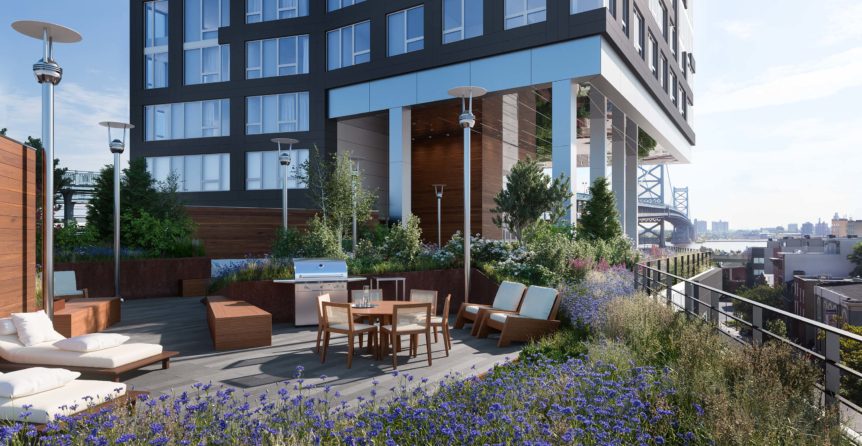As much fun as it can be to work in the garden, we ultimately want to make it an enjoyable place to use. Think of your landscape as an extension of the home and you may quickly identify opportunities to create outdoor living spaces such as kitchens, dining areas, and play rooms.
All of these rooms have a few things in common: walls, windows and doorways, a ceiling, and a floor. Look at those elements and begin to identify their equivalents in the landscape. Determine how you want to use the area, how much space you need, and pick a style. The result will be a well thought-out, comfortable space. Then use accents like outdoor furniture and art, and quickly make this your new favorite room!
Walls
The most common reason to add “walls” to an outdoor room is for privacy. Other reasons are to break up large spaces or give an area some definition. A wall can also help block sound from a road or other noise that may inhibit you from enjoying your garden.
Walls may be newly installed or borrowed from existing structures. Use the wall of the house or a garden shed as one wall of the outdoor living space. Fences are another quick and effective way to create the wall of your outdoor living space.
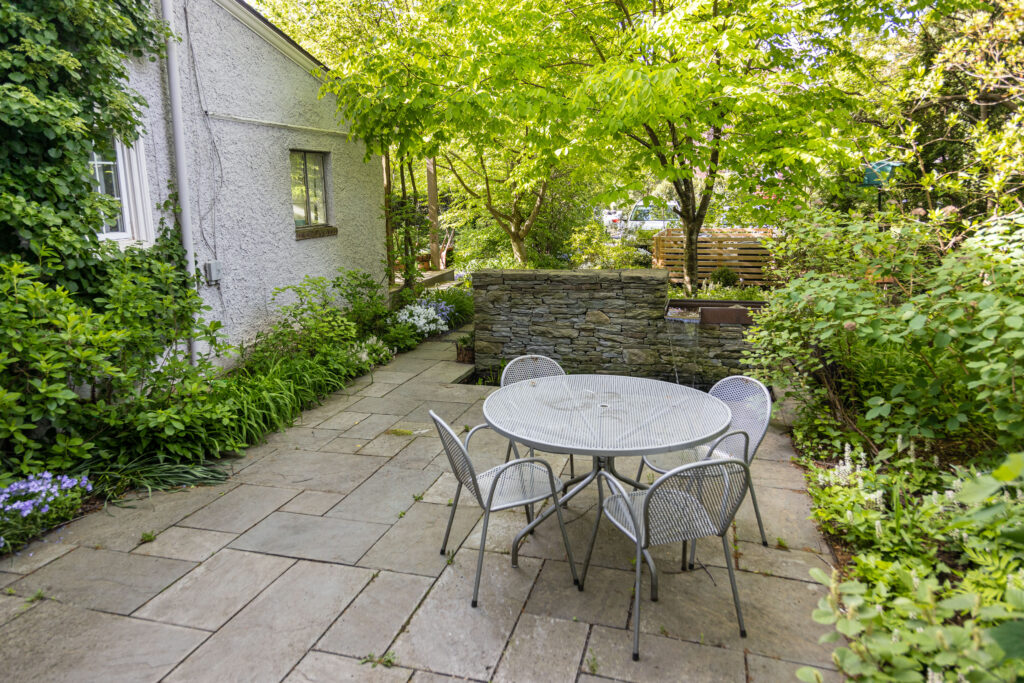
Of course, plants make beautiful, natural walls that provide color, texture, and habitat for wildlife that may share your space. Use some evergreens, but consider something different than the standard row of Arborvitae. Mix evergreens with deciduous shrubs and understory trees for seasons of interest and to add a garden-feel to your outdoor living space.
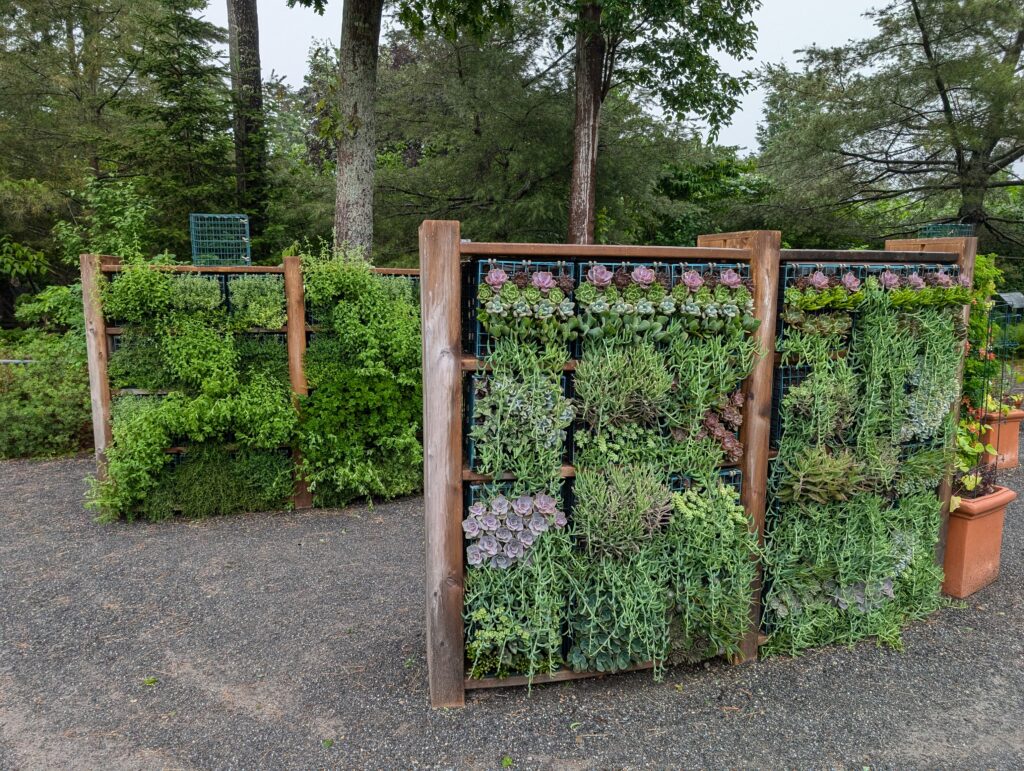
Windows and Doorways
It may sound strange to incorporate windows and doorways outside, but consider them just framed views. Nice views and focal points like specimen plants can actually get overlooked if your eye isn’t directed there. So use windows or doorways to draw people’s attention to those beautiful sites.
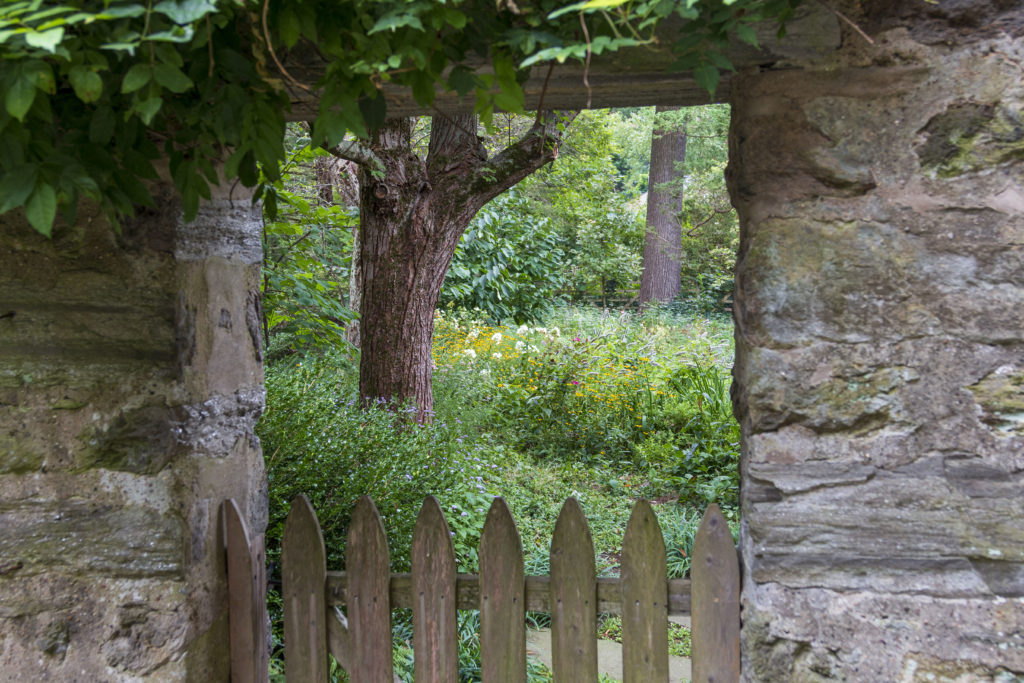
Windows and doorways also add intrigue to your outdoor living space and encourage visitors to explore. Use arbors and gates, or even columns and planters to help frame views and lead people through your space. Place several trees strategically to direct the eye between them. Add a pathway, and the trees become a doorway. Use your imagination to create ways to frame views.
A Roof
Sometimes when you’re outside, you don’t want a roof overhead. But on hot days, it is always nice to have some shade. Pergolas add a beautiful architectural element as well as provide shade. They can be stained wood or painted to match the style of your home. Add a climbing vine to make your outdoor roof feel even cooler.

Shade from canopy trees can also be a welcome roof. If you’re in the early stages of planning your outdoor room and want to use trees, get them in as soon as possible. It is surprising how quickly trees can grow and provide shade, and even a season or two makes a difference.
Along with pergolas and trees, shade sales and umbrellas also function as outdoor roofs. Both can also add pops of color, but be aware that neither provide the cooling effects that come from trees.
Floors
As with the interior of your home, exterior floor options are almost endless. Like hardwood floors and carpeting indoors, floors for outdoor living spaces can be hard or soft, depending on your preference. Each has its own benefits and drawbacks.
Hardscaping is useful for seating and dining areas, and is generally flat and easy to walk on. It also has minimal maintenance. However, hard surfaces can be hot, especially dark ones. And they are impervious, so check your local code to see if you have limitations to how much you can add to your property. Best practices for all hard surfaces include managing the storm water runoff from these surfaces in the nearby landscape.
Hardscape options include stone, porcelain pavers, concrete, brick, manufactured concrete pavers, and loose material like gravel, or decomposed granite. The materials come in a variety of shapes, sizes and colors, and can be installed in different patters and combinations. Check with your local stone yard or building supply center for options, and then use your imagination and the style of the house to guide you in your selection.

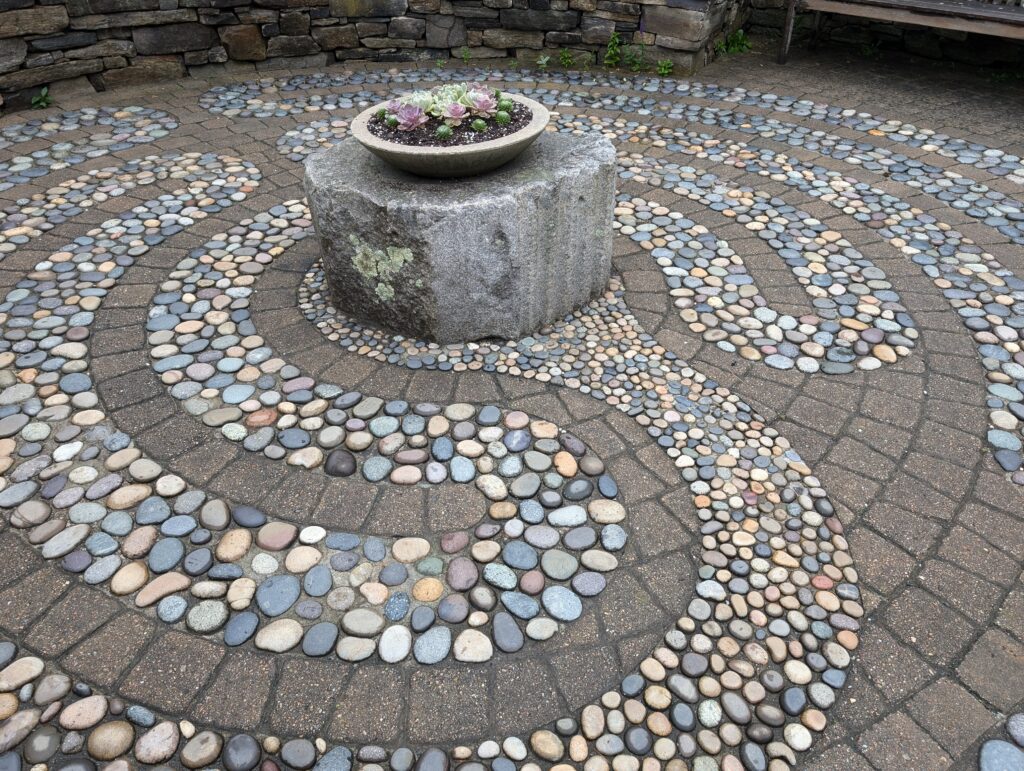
Plants may be another great option for the floor of your outdoor room. Turf grass is the most common choice because it is walkable and familiar, but it can also be boring and unimaginative. Consider using alternatives like sedges and no-mow lawns that can also withstand foot traffic. Or use herbs like Creeping Thyme that send up intoxicating fragrances when they’re stepped on.
Garden beds and planted areas can also be considered floors in your outdoor living area. Add a path through them to make the space inviting. Choose playground mulch under play sets and wildflower meadows for large areas. Decisions become easier when you look at your property as several outdoor living spaces with different rooms and different floors.
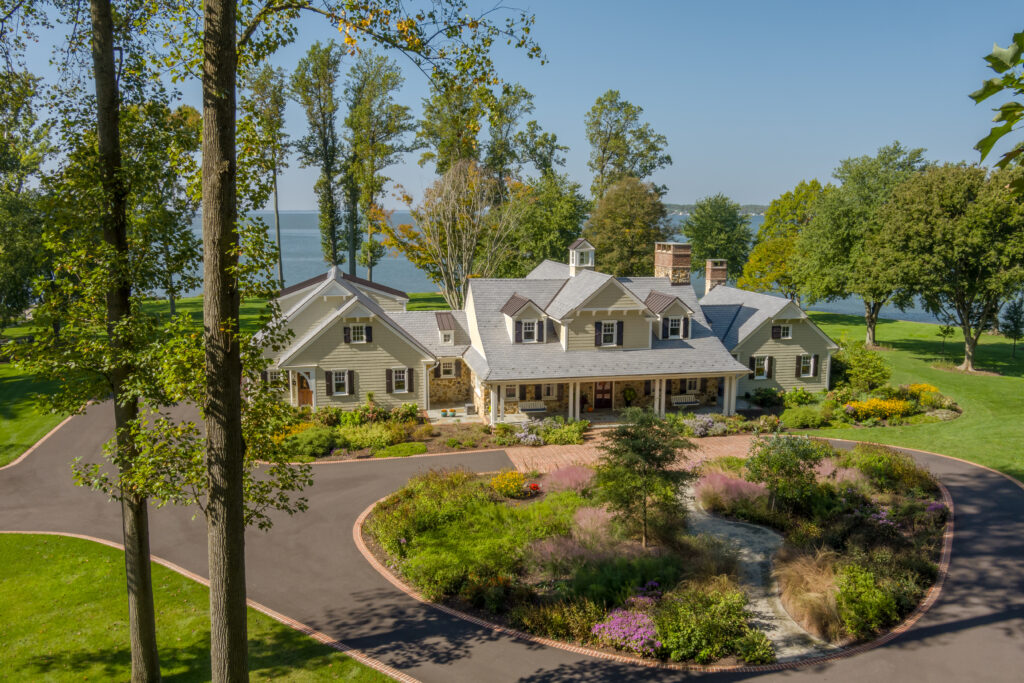
Furniture
Furniture in your outdoor room has only one mandate- it must be weatherproof. Other than that, it can be whatever you like. Consider an outdoor kitchen equipped with grill, stove, and bar, and use furnishings like stools, tables, and umbrellas. Or, if your outdoor room is a peaceful escape, you might only need a log, a boulder, or couple of Adirondack chairs for seating.
Obviously, cushioned seating encourages people to stay for longer periods. Benches next to walkways can be appreciated resting spots. And if possible, add some outdoor storage for things such as insect repellant, candles, sunscreen, or bird food.

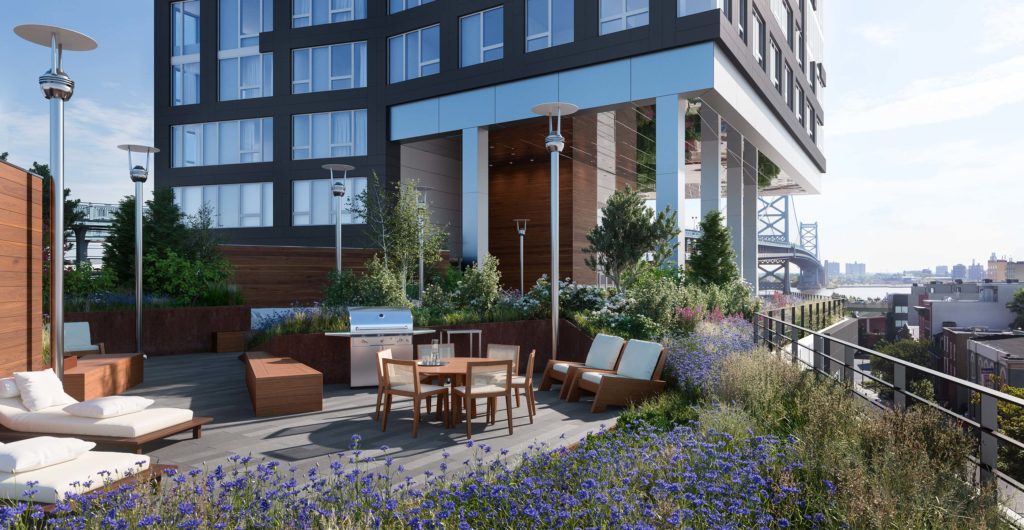
Art
As with all rooms, outdoor living spaces benefit from special elements that make them personal and interesting. Just as indoor spaces are set off by exquisite artwork, gardens can become inspired with sculpture. Use functional sculpture like a birdbath for your own “performance art” installation. Handmade sculptures from friends or kids add a personal touch to the garden. Or you may find it worthwhile to invest in a large sculpture by a professional artist. Even a twisted branch or a found object can work as art in a garden. Just remember, all spaces benefit from a focal point which adds interest and ties the space together.

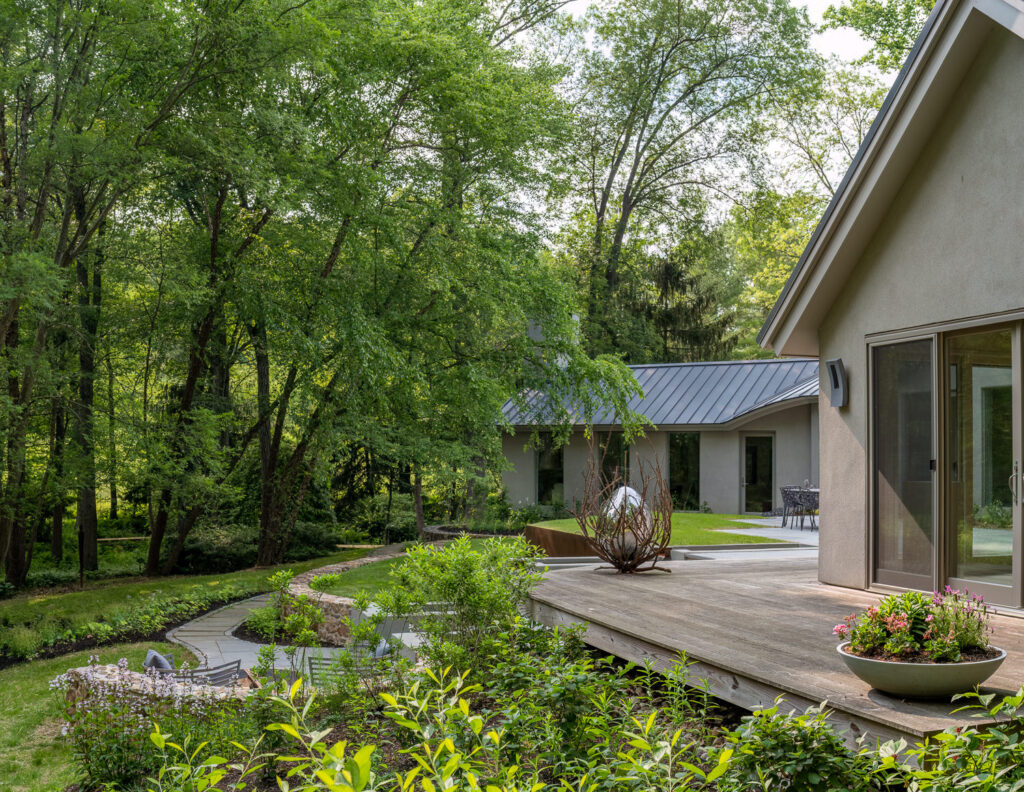
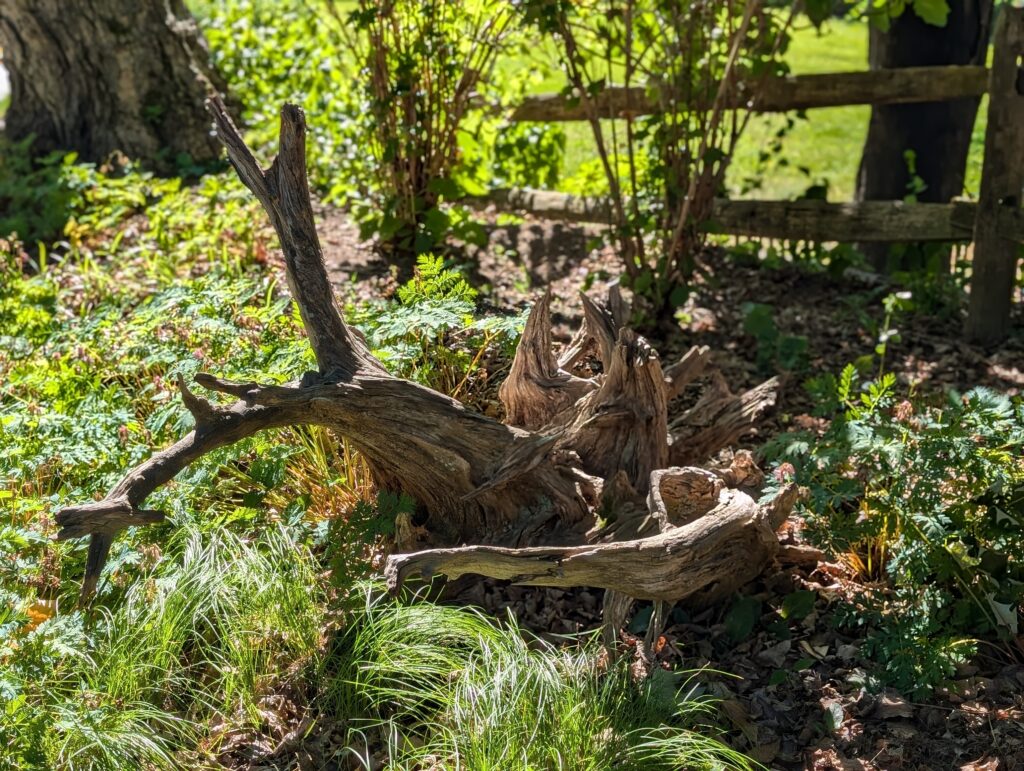
Make it Inviting
As you design your outdoor living spaces, make them inviting for others too. Use native plants and add water, and your space will be a haven for you, your family, and for wild visitors also!
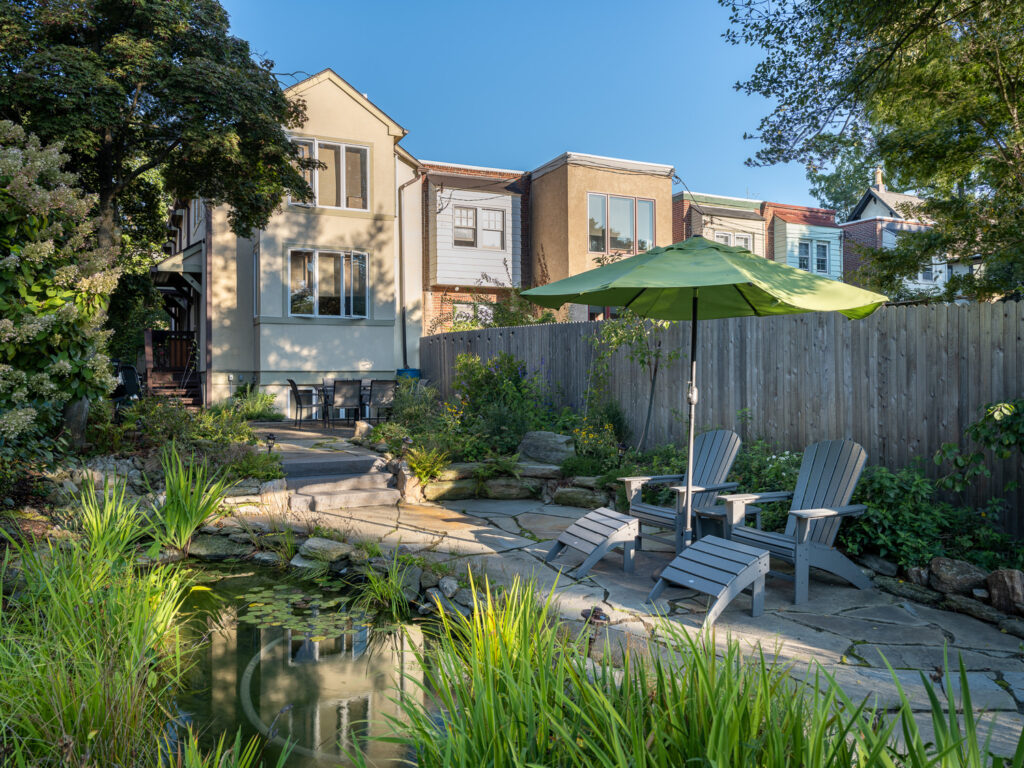
These suggestions are just the beginning; there are options to fit every style, taste, and budget. Start with imagining the type of room you’re trying to create, and then build from there. Or work with a landscape designer to help turn your ideas into reality. Before you know it, you may just be spending time in your new favorite room!

